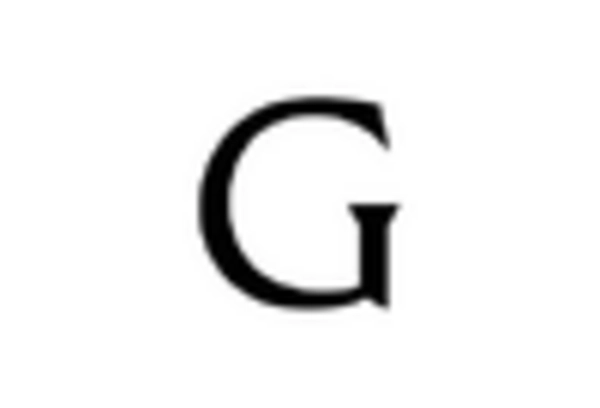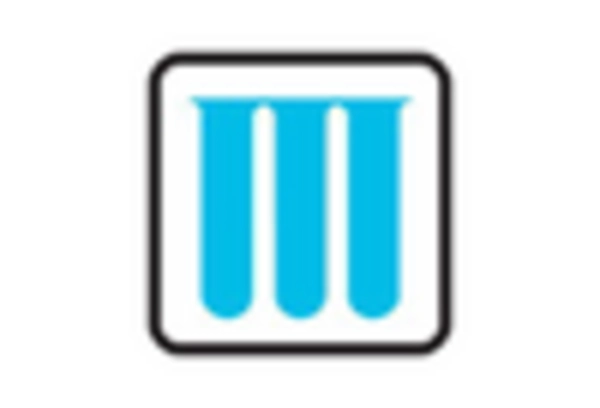Advancements in Dermatological Research
Ongoing advancements in dermatological research are significantly influencing the seborrheic dermatitis-treatment market. Innovations in treatment modalities, including the development of new topical agents and systemic therapies, are enhancing the efficacy of existing treatments. Research indicates that the market for dermatological products is projected to reach approximately $20 billion by 2026, with a substantial portion attributed to seborrheic dermatitis treatments. These advancements not only improve patient outcomes but also encourage healthcare providers to adopt new therapies, thereby expanding the treatment landscape. Furthermore, the integration of technology in research methodologies is likely to yield more effective and personalized treatment options, which could reshape the market dynamics.
Increasing Prevalence of Skin Disorders
The rising incidence of skin disorders, particularly seborrheic dermatitis, is a notable driver for the seborrheic dermatitis-treatment market. Recent studies indicate that approximately 3-5% of the population in the US is affected by this condition, leading to a growing demand for effective treatment options. As awareness of skin health increases, more individuals seek medical advice and treatment, thereby expanding the market. The prevalence of seborrheic dermatitis is particularly pronounced among adults aged 30-60, which suggests a targeted demographic for treatment providers. This trend is likely to continue, as lifestyle factors and environmental conditions contribute to skin health issues, further propelling the market's growth.
Growing Demand for Over-the-Counter Products
The increasing consumer preference for over-the-counter (OTC) products is a significant driver in the seborrheic dermatitis-treatment market. Many patients prefer accessible and convenient treatment options that do not require a prescription. The OTC segment is expected to witness substantial growth, with estimates suggesting it could account for over 40% of the market share by 2027. This trend is fueled by the rising awareness of seborrheic dermatitis and the effectiveness of various OTC treatments, such as medicated shampoos and creams. As consumers become more proactive in managing their skin conditions, the demand for these products is likely to continue to rise, further stimulating market growth.
Regulatory Support for Innovative Treatments
Regulatory bodies in the US are increasingly supportive of innovative treatments for skin conditions, which serves as a vital driver for the seborrheic dermatitis-treatment market. The expedited approval processes for new therapies, particularly those that demonstrate significant clinical benefits, encourage pharmaceutical companies to invest in research and development. This regulatory environment fosters innovation, leading to the introduction of novel treatment options that can effectively address the needs of patients. As a result, the market is likely to see a surge in new products, enhancing competition and providing consumers with a broader range of choices for managing their seborrheic dermatitis.
Increased Focus on Mental Health and Well-being
The growing recognition of the link between skin conditions and mental health is emerging as a crucial driver for the seborrheic dermatitis-treatment market. Individuals suffering from seborrheic dermatitis often experience psychological distress, which can exacerbate their condition. This awareness has led to a more holistic approach to treatment, where mental well-being is considered alongside physical symptoms. As healthcare providers increasingly address the psychological aspects of skin disorders, the demand for comprehensive treatment plans is likely to rise. This shift may lead to the development of integrated therapies that combine dermatological and psychological support, thereby expanding the treatment options available in the market.

















Leave a Comment